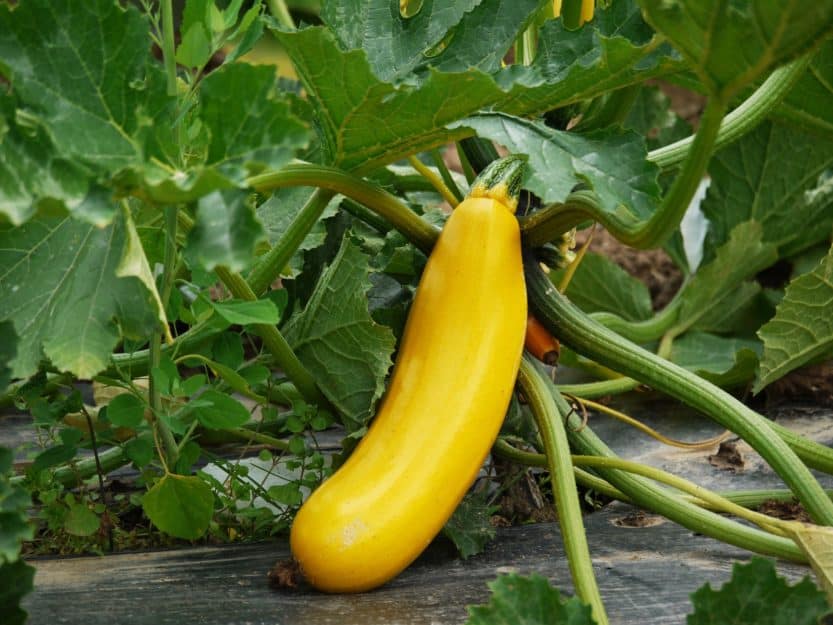In this guide, we’ll cover everything you need to know about when and how to harvest yellow squash, how to store it, and some delicious ways to use it in your cooking.
When to Harvest Yellow Squash
Timing is important when it comes to harvesting yellow squash. Generally, you can begin harvesting approximately 50 to 70 days after planting, depending on the variety. Here are some tips to determine the ideal time to pick:
Size Matters: Harvest yellow squash when it is about 6 to 8 inches long. At this size, the skin will still be tender, and the seeds will be small, resulting in a deliciously mild flavor.
Color Check: Look for a bright yellow color. If the squash appears dull or has a green tinge, it may not be fully ripe.
Frequent Harvesting: Squash plants produce fruit quickly, so check your plants every other day during prime growing season. Regular harvesting encourages the plant to produce more fruit.
Avoid Overripening: If you wait too long to harvest, the squash can become tough and bitter, with larger seeds that are less enjoyable to eat.
How to Harvest Yellow Squash
Harvesting yellow squash is a simple process, and with the right technique, you can prevent damage to the plant:
Gather Your Tools: You don’t need fancy equipment; a pair of garden shears or scissors will do. Make sure they are clean to avoid transmitting diseases.
Gently Twist or Cut: To harvest the squash, grasp the fruit firmly and either twist or cut it from the stem. Make the cut about 1 to 2 inches above the fruit to avoid damaging the plant.
Avoid Bruising: Handle the squash gently to avoid bruising. Bruised fruit may spoil more quickly.
Check Under Leaves: Yellow squash can sometimes hide beneath large leaves, so be thorough in your inspection.
Storing Yellow Squash
Once harvested, proper storage is key to keeping your yellow squash fresh:
Refrigeration: Store unwashed squash in the refrigerator to maintain its freshness. It can typically last for about 1 week.
Humidity Control: To prevent moisture loss, wrap the squash in a damp paper towel and place it in a perforated plastic bag or a crisper drawer.
Avoid Washing: Wash squash only right before use to prevent spoilage. Excess moisture can lead to mold and decay.
Cooking with Yellow Squash
Yellow squash is incredibly versatile and can be used in various dishes. Here are some ideas to get you started:
Sautéed Squash: Sauté sliced yellow squash with olive oil, garlic, and seasoning for a simple side dish.
Grilled Squash: Brush slices with olive oil and grill them for a tender and flavorful addition to any meal.
Baked Recipes: Incorporate yellow squash into casseroles, such as zucchini and squash bakes, for added flavor and nutrients.
Pasta and Stir-Fry: Add diced squash to pasta dishes or stir-fries for a pop of color and taste.
Soups and Stews: Use yellow squash in soups for a comforting and nutritious meal.
Conclusion
Harvesting yellow squash is a delightful aspect of home gardening and cooking. With the right timing and techniques, you can enjoy this delicious summer vegetable at its peak flavor. Whether you’re adding it to your meals or sharing it with friends and family, yellow squash offers endless culinary possibilities. So, get out in the garden, enjoy the harvest, and savor the flavors of your hard work!





